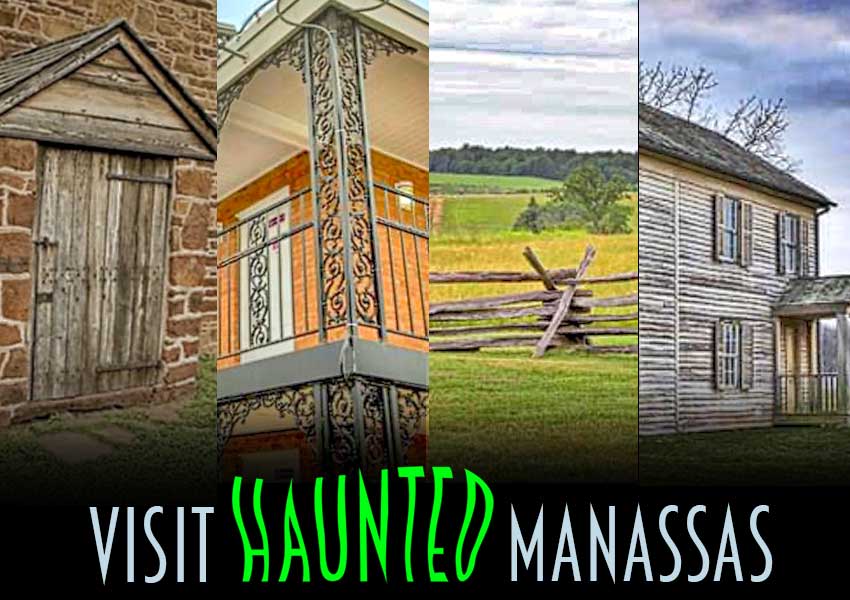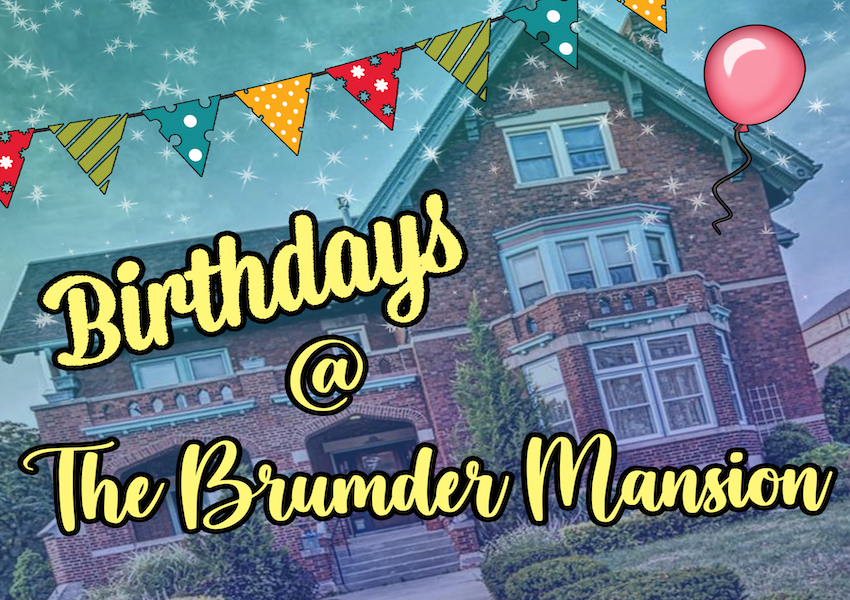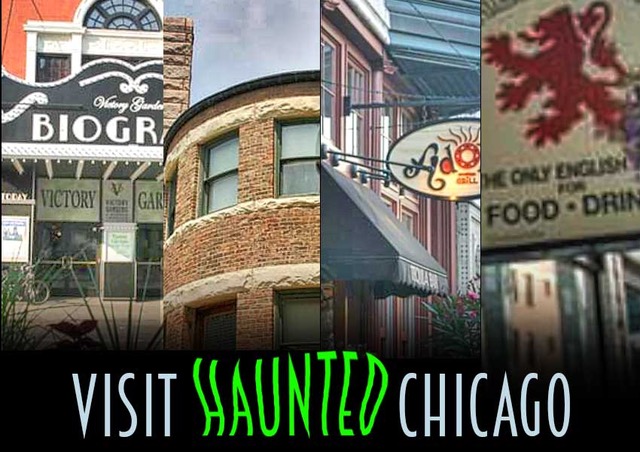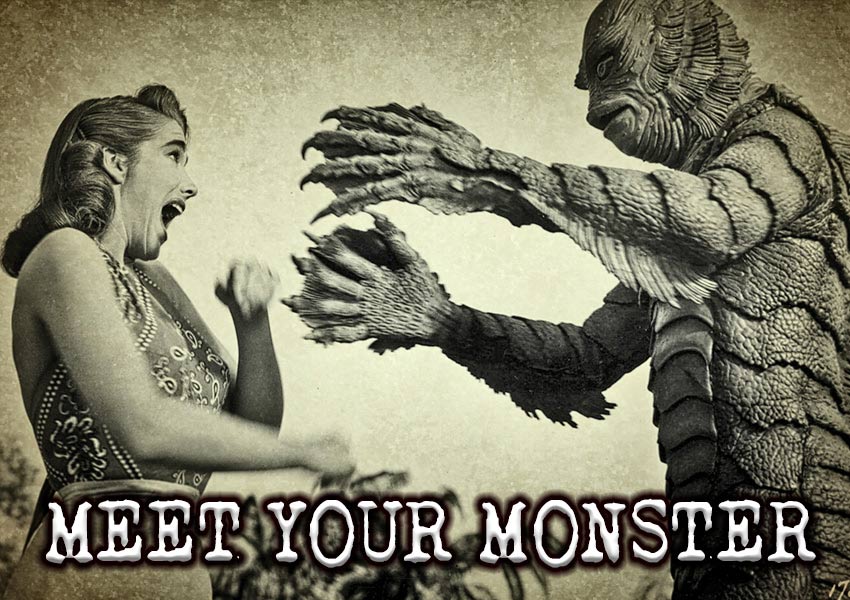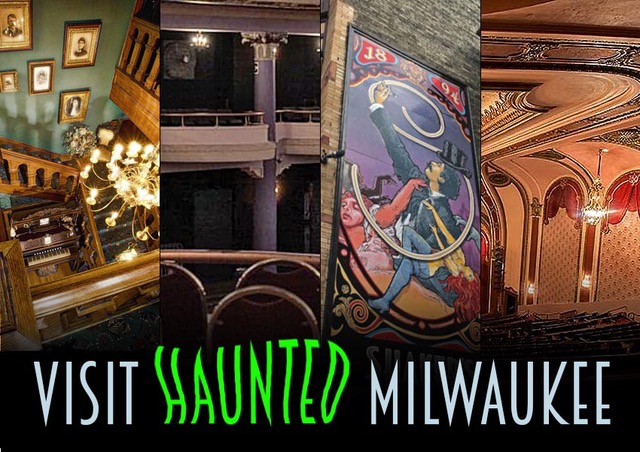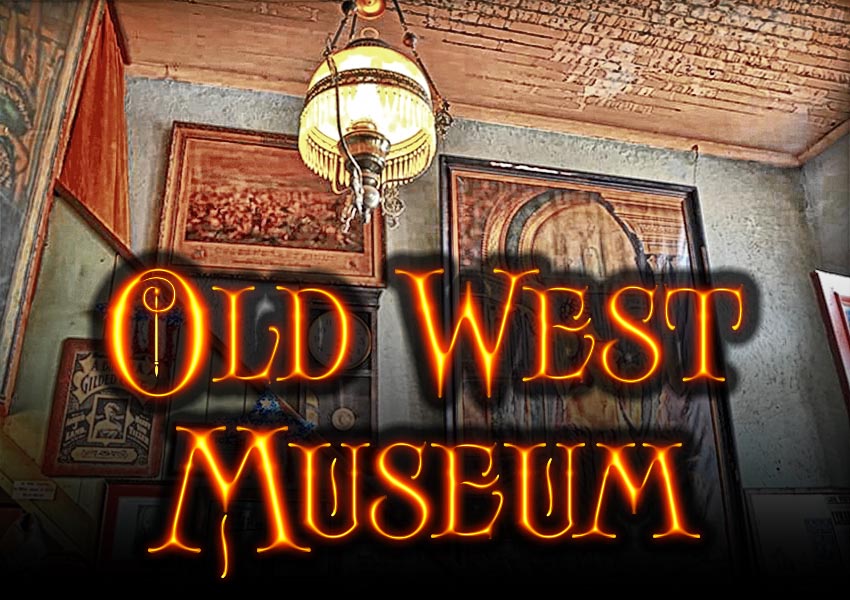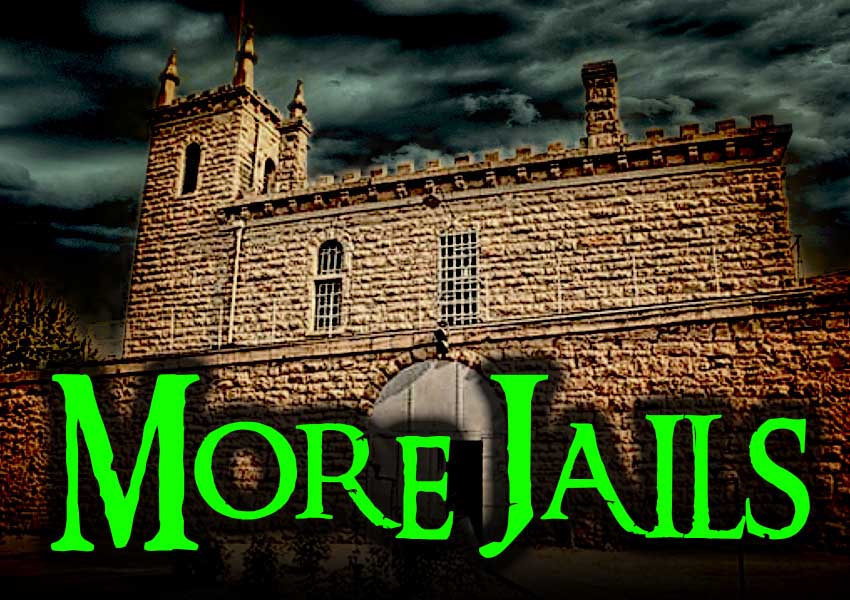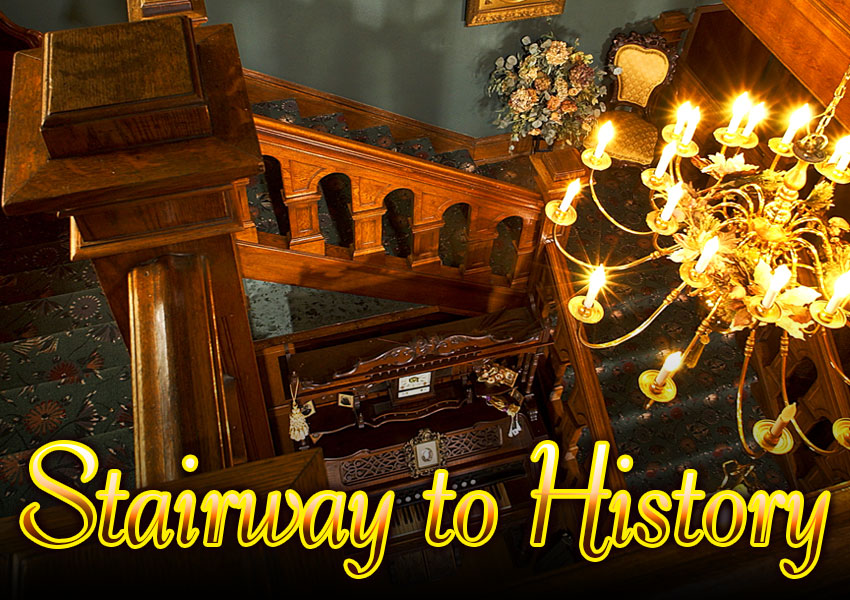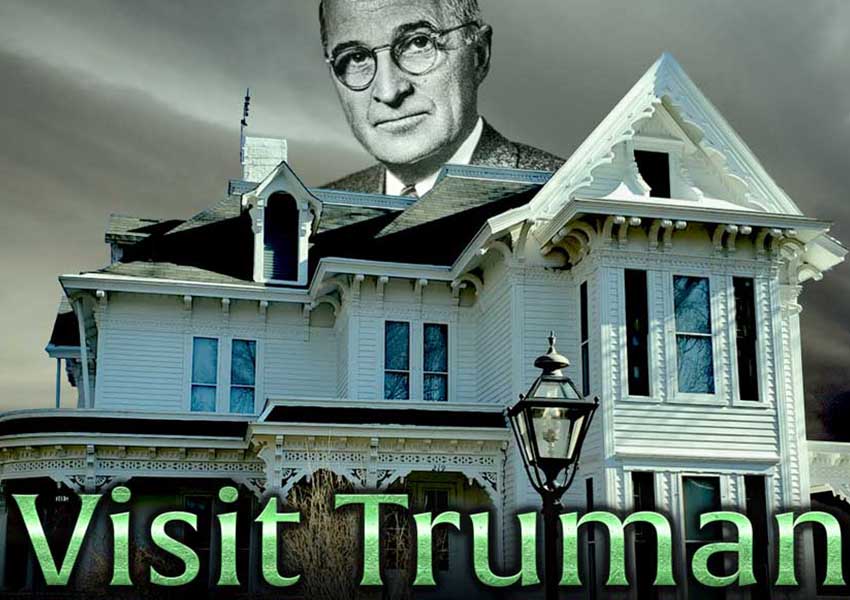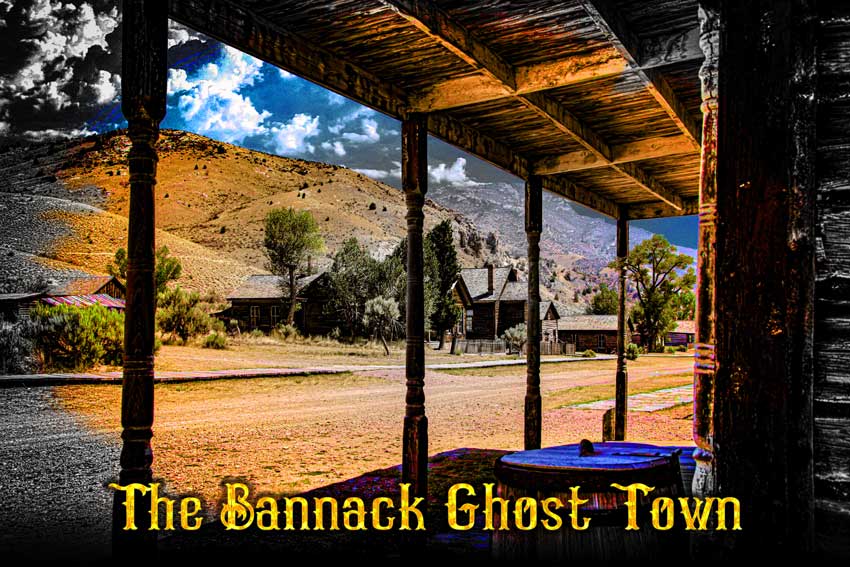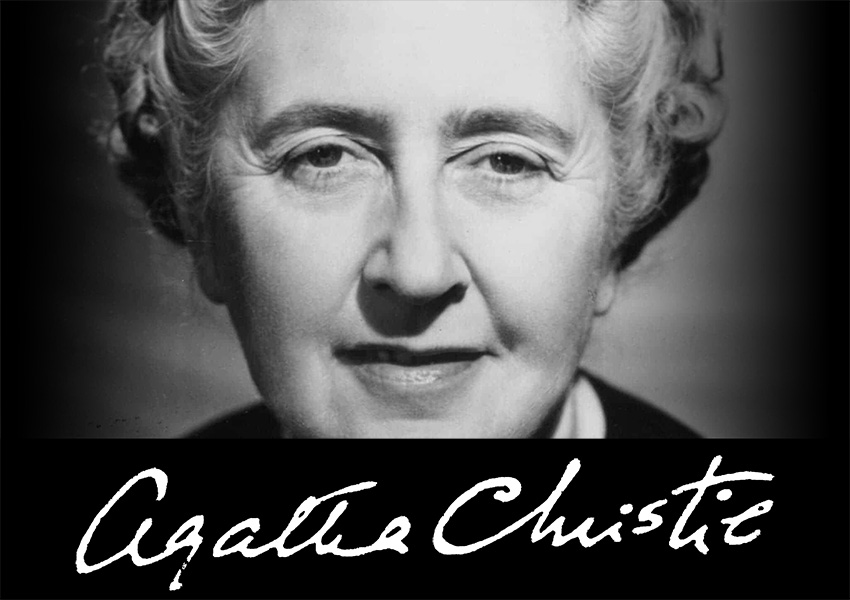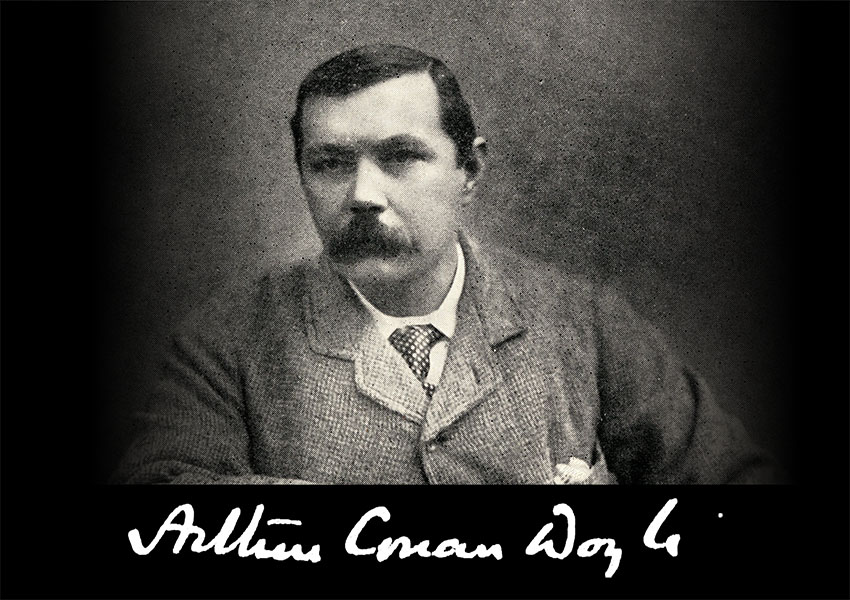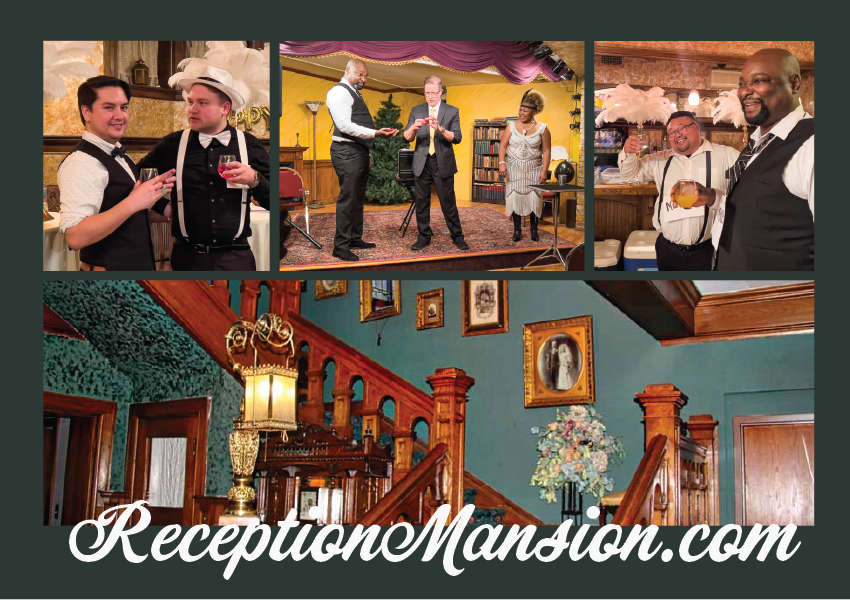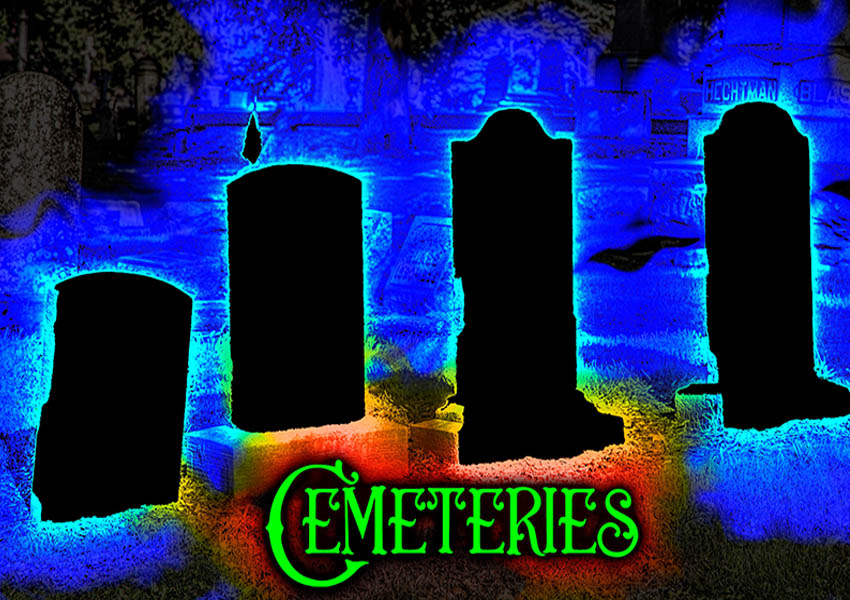Monroe Michigan
River Raisin Battlefield
“We deeply regret trusting the British.
They left us to be killed by the Roundhead First Nation Warriors.”
Because of the nature of war, people are killed who are not ready to die yet.
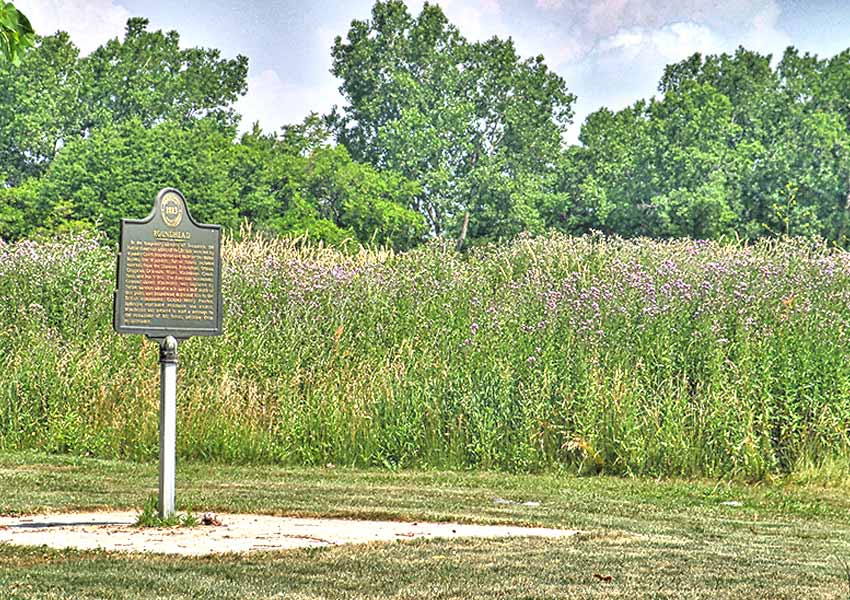
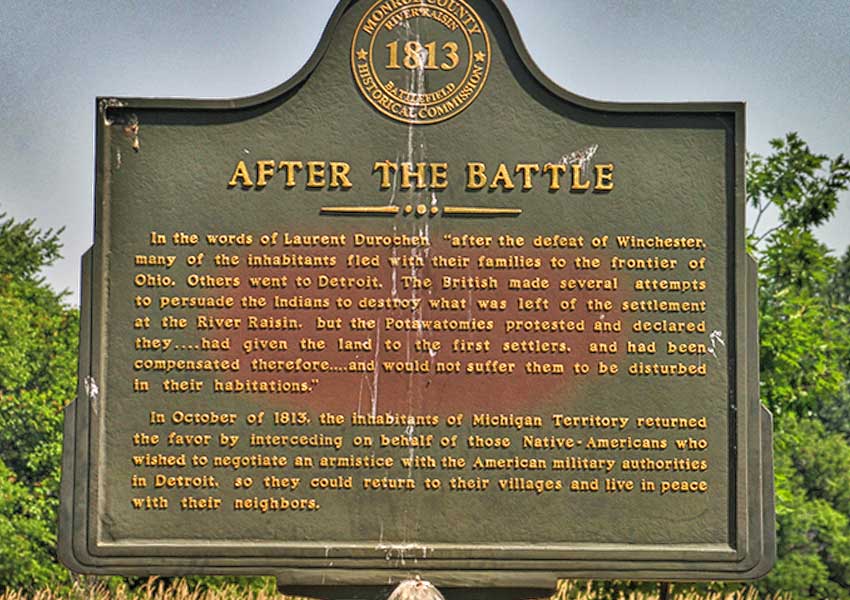
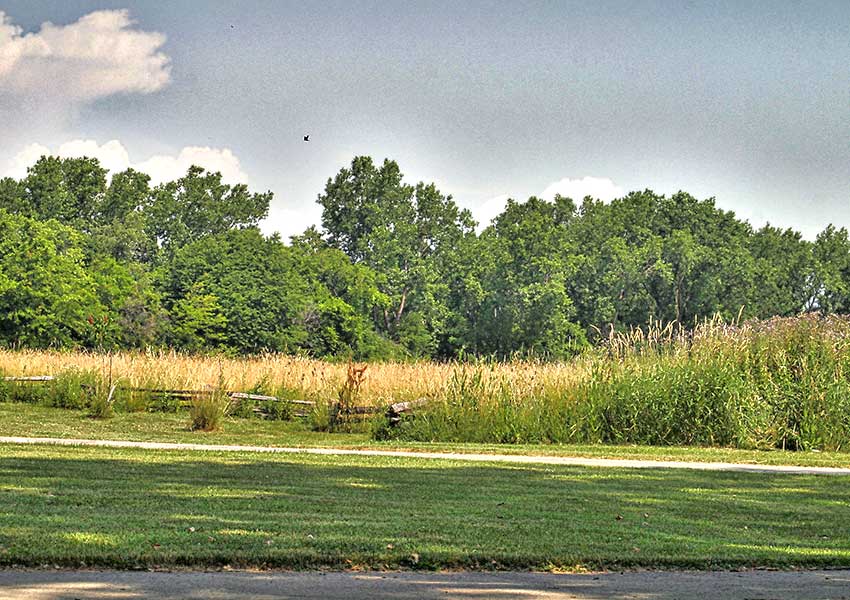
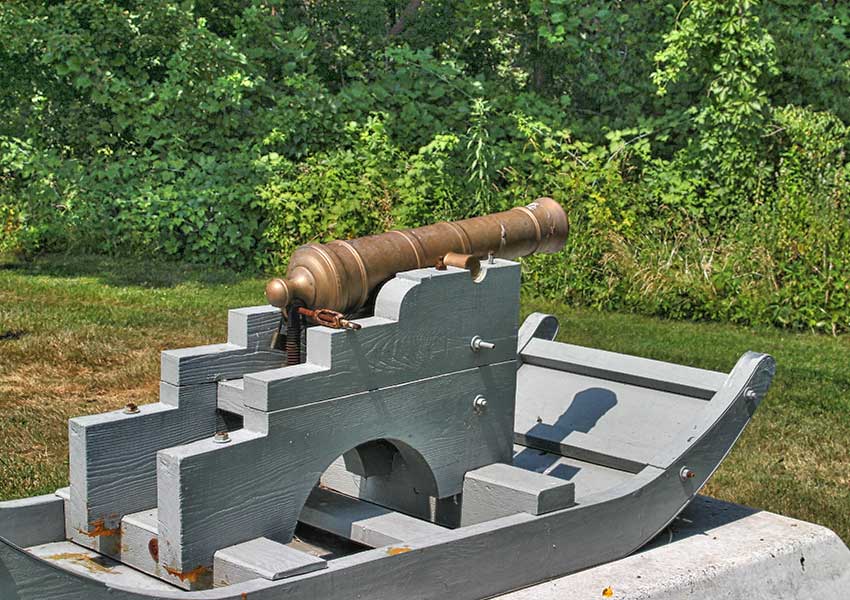
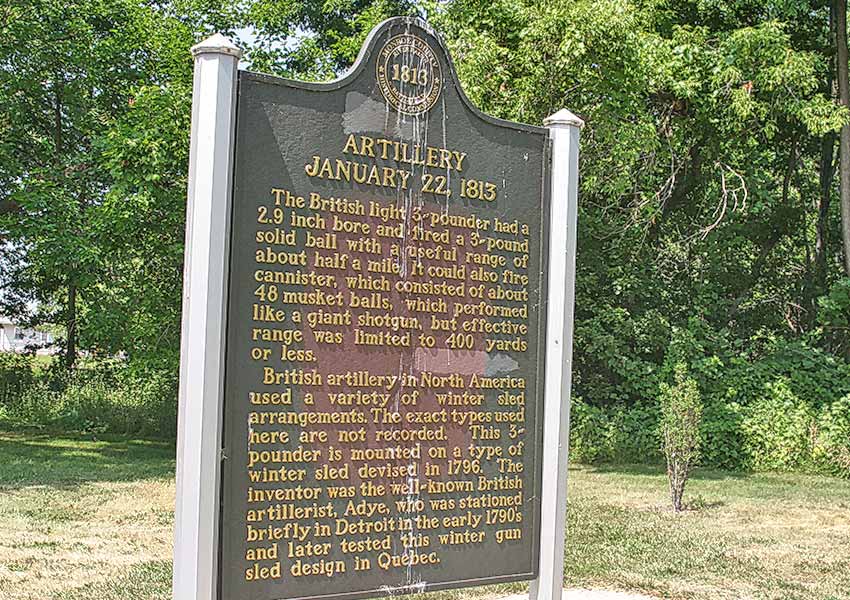
DESCRIPTION
River Raisin Battlefield National Park is the only memorial national park dedicated to soldiers who died in the War of 1812.
In 2007, Tom and I visited River Raisin Battlefield when it was a state park. It was just a small portion of the original battlefield, much like a regular two acre park. The original visitors’ center was closed, but we used the walkway that took us around to various places with signs recounting stories of the battle that took place here so long ago.
As land became available, more of the actual battlefield was added to the parks modest acreage. As of 2021, it has become River Raisin National Park and is absolutely huge in acreage. We can’t wait to go back and see it. While not all of the park is open to the public, all of the acquired land is being transformed to recreate what it looked like in 1812.
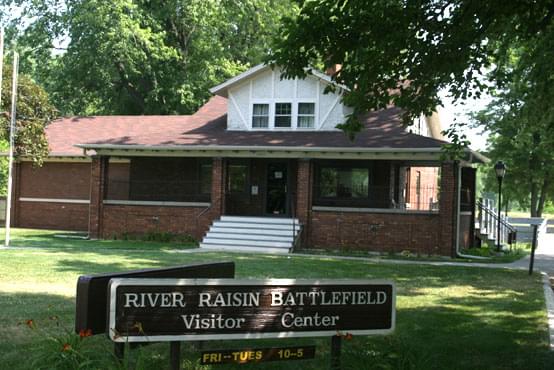 A brand new Visitor and Education Center has opened, and offers “a Diorama of the River Raisin settlement, orientation maps, ranger programs, basic park orientation, gift shop and theater. In its state-of-the-art theater you can view the park’s new film, ‘The Untold Legacy of the River Raisin.'”
A brand new Visitor and Education Center has opened, and offers “a Diorama of the River Raisin settlement, orientation maps, ranger programs, basic park orientation, gift shop and theater. In its state-of-the-art theater you can view the park’s new film, ‘The Untold Legacy of the River Raisin.'”
Be sure to visit their “Interactive Exhibits pertaining to the Old Northwest Territory, Great Lakes History, Native-Americans, French settlement, Battles of the River Raisin and much more.”
“It has eight miles of paved, hike-bike trails, and scenic routes that are great to walk, run, cycle, and in-line skate. Pets are allowed on the trails but must be on a leash.”
There are also interactive walking tours of the battlefield grounds. “Visit the River Raisin Heritage Trail website to learn more about outdoor activities in our area and download a trail map.
https://www.monroemi.gov/c_i_t_y_h_a_l_l/departments/parks_and_recreation/trails/river_raisin_heritage_trail
HISTORY
The War of 1812 was often called the second War of American Independence. It lasted three years. The British tried to retake the colonies, and even burned down the White House at one point, much to their shame and embarrassment today! Americans fought for their right to remain a free country, as well as against the British practices of comandeering American sailors off merchant ships for their own military.
The American goal of freeing Canada didn’t happen, while the fears of the fur trading companies came true. As a result of the war, the flow of settlers to the Michigan area continued, the education of Native Americans continued, and the fur trading industry as they knew it irrevocably changed, even before fashion styles did. Fur companies had to hire trappers to go to the western territories to get supplies of fur.
River Raisin (or Frenchtown) was a settlement established by early pioneers on the north bank of the river gothe same name. After the war, the city of Monroe was eventually built on the ruins of this settlement.
One of the biggest battles, which resulted in the biggest loss of American lives in the War of 1812, happened near the River Raisin settlement on January 22nd, 1813. The British forces, numbering around 500 troops were led by Col. Henry Procter. At first, the Americans beat back the British and their Indian allies.
The British planned a counterattack. Fighting with the British troops were Roundhead First Nation warriors who preferred having the British in charge rather than Americans. Wyandot Chief Roundhead with five hundred first nation warriors joined the British on this surprise counterattack at dawn on the one thousand American troops, lead by Brigadier General James Winchester.
Three hundred ninety-seven Americans were killed and five hundred forty-seven taken prisoner. Of those captured, three hundred of them were wounded. Out of the one thousand American soldiers involved in this battle, only thirty-three escaped.
Brigadier General James Winchester was one of those captured. He quickly surrendered his entire army. I guess you had to be there at the time to justify doing this; perhaps it was hopeless and he had to think of the men who had survived.
Col. Henry Procter, fearing a strong retaliation from American reinforcements, retreated north to Brownstone with his own wounded and his two hundred forty-seven American prisoners, leaving the three hundred American wounded left behind in the homes of the settlers, guarded/protected by British guards, as agreed to as a condition for the town militia, who had beaten back the British and Roundhead First Nation warriors earlier, to surrender as well.
A betrayal was in the works. British guards reneged on the agreement and left in the morning, which allowed the Roundhead First Nation warriors to come into the town. Uh oh!
Bad Idea!
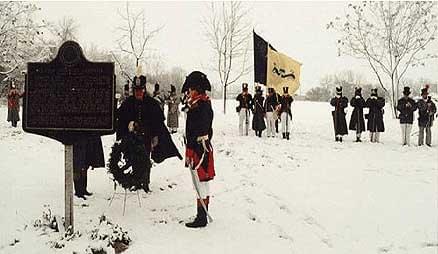 The Roundhead First Nation warriors had their own ideas on what to do with all these wounded, and the people living here. Unfamiliar with the British military’s moral values of war and battle tactics, they proceeded to do what they traditionally did with prisoners, and captured places. Take the perks gained from winning a battle, assess what other commodities were available, and do a scorched earth policy.
The Roundhead First Nation warriors had their own ideas on what to do with all these wounded, and the people living here. Unfamiliar with the British military’s moral values of war and battle tactics, they proceeded to do what they traditionally did with prisoners, and captured places. Take the perks gained from winning a battle, assess what other commodities were available, and do a scorched earth policy.
Captives were considered a commodity; not human beings with any rights at all. Warriors knew that wounded captives could be forced-marched to Detroit, which would bring ransom money into their tribal pockets. The marchers who couldn’t keep up were killed along the way.
Captives who were too weak to make the trip were scalped. Scalps were valuable for bragging rights and sometime fetched bounties from the British, a practice they also had with the French during the French and Indian Wars
“They plundered homes of settlers and the wounded for valuables, and then killed and scalped Americans who could not walk. Bodies were tossed into houses that the Roundhead First Nation warriors had set on fire. Those able to walk were claimed by the Roundhead First Nation warriors and taken to Detroit where they were ransomed.”
Over sixty unarmed American wounded were slaughtered along with some settlers who didn’t escape. This was later known as the “Massacre of the River Raisin.”
This event produced so much anger that it became an inspirational rallying cry: ”Remember the River Raisin!” These murders gave new energy to the war effort, and people remembered what the Roundhead First Nation warriors did here. The future they could look forward to on their land was dim indeed. They were looked on as heartless savages with no heart.
The British were also tarnished as heartless as they left the wounded and the militia members at the mercy of the Roundhead First Nation warriors. They had poured gasoline on an already-raging fire, and instilled in the Americans a fierce spirit to win.
The settlers who escaped fled to Detroit, abandoning the settlement, River Raisin. For eight months, the Indians used this abandoned place as a base of operations and supply depot. Even after River Raisin was finally liberated, on September 27, 1813, it was in such a bad state that it took five years to even begin to recover.
Every year, the people gathered at River Raisin Battlefield and remembered the dead and their sacrifice for the United States.
While parts of the large battleground were sold off for other ventures during the 19th and 20th Centuries, a small section of it was saved as a memorial for the massacre victims and their fallen brothers. The people of Michigan never forgot the atrocity. Every year, the people continued to gather at River Raisin Memorial, and paid tribute to the dead.
On February 18, 1956, this solemn acreage was designated as a Michigan Historic Site, which started the ball rolling for further preservation.
On December 10, 1982, it was added to the National Register of Historic Places. In July of 1990, the Monroe County Historic Commission and the Monroe County Historic Society opened the first official River Raisin Battlefield Visitor Center in a house at 1403 East Elm Avenue. This house was added to the National Register listing in 2019.
In 1995, the paper mill on the adjacent land was closed. The closing became an opportunity to expand onto some of the original River Raisin Battleground. Enthusiasm and drive abounded. The City of Monroe, The Monroe Historical Society, and the property owner negotiated a price.
Expansion to the present-day park boundaries commenced when the paper mill land was bought. A cleanup of the former paper mill property and an adjacent landfill area was put into action; with the goal of making it a future donation to the park service.
On a roll, the city of Monroe also “transferred a large expanse of wetlands marsh to the state of Michigan for expansion of the adjacent Sterling State Park. Acquisitions were complete by 2006, the paper mill was demolished by 2009, the cleanup finished in 2010, and land transfers were completed in 2011.”
River Raisin National Battlefield Park officially opened as “a national park unit” on October 22, 2010. “It was established as the 393rd unit of the United States National Park Service under Title VII of the Omnibus Public Land Management Act, which was signed into law on March 30, 2009.”
Remembered: American Dead, and their foes as well.
The traditions of honoring those who died here have continued. The dead from British and Roundhead warriors side of the conflict have also been added, despite their roles in the betrayal and killing of the wounded men.
It can be said that Roundhead Native Americans and the British of that time were already punished by the consequences of their actions. Their dead died following their leaders on the field of battle, and so didn’t have anything to do with what happened afterward.
The soldiers and townspeople who died here are remembered and honored on the Saturday closest to Jan. 22nd of each year. A noon memorial includes Raising the Flag, Reading the Names of the Fallen, Laying the Wreath, and Firing a Salute. A speaker is scheduled for the afternoon.
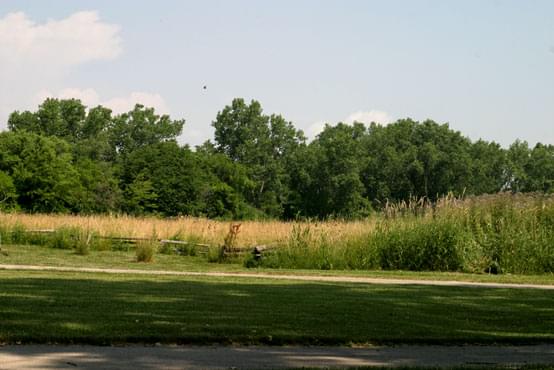
HISTORY OF MANIFESTATIONS
Despite this tribute to the fallen, many spirits are still restless, seeking peace and perhaps a different outcome. Some are still agitated about the circumstances of their demise.
Being suddenly taken from your body on the battlefield can create restless spirits with unfinished business, who may not be ready to move on just yet.
Kolb Court, GA (The spirits of the men who died on this battlefield during a Civil War skirmish have attached to the land where they died so suddenly. They have decided to move into the homes built there and keep the living company).
Gettysburg Battleground, PA (Confederate and Union soldiers who died here are still fighting the good fight and even interact with Civil War Re-enactors).
Manassas National Battlefield Park, VA (The Manassas National Battlefield Park Visitors Center was built on top of a plateau where many men lost their lives. Spirits like to come inside and look at the exhibits there).
River Raisin National Battlefield Park, MI (Spirits from both sides of this conflict are seen and heard still wandering around, going about their business).
The trauma of being in terror and/or having a painful death can cause a spirit to be stuck in this world.
Little Bighorn Battlefield, MT (Spirits/ghosts of both sides can’t let go of the trauma of war. Custer’s troops were routed by Native Americans. Many of them were terrorized with fear before being scalped).
USS Levingston, TX (This World War 2 aircraft carrier was in one hot battle after another. A Kamikazi pilot hit the deck and caused a huge fireball that burned many sailors to death).
Deerfield Burial Mound, MA (Townspeople were slaughtered by the French and their Indian counterparts, who showed no mercy even for babies or young children. In one case, they slaughtered a baby and a two-year-old infant in front of their pregnant nanny, and then killed her and her unborn baby in a traumatic way. Once a year on the anniversary of this gruesome event, the spirit of the nanny cries in the burial mound graveyard for her charges, her baby and her lost future).
River Raisin National Battlefield Park, MI (Helpless wounded soldiers who couldn’t walk were scalped by their Roundhead warrior enemies).
Losing your life because of a betrayal can make it hard for spirits to let go and move on to the other side.
Mission San Miguel, CA (A family of innkeepers, who set up their inn here after Mexican Government sold it to them back in 1847, asked their inn guests to pay in gold, as this was a universal currency at the time. A ruthless gang of robbers stayed the night, getting friendly with everyone, pretending to be what they were not. They learned about the gold, and came back the next evening and viciously murdered every living soul before finding out where the gold was kept).
The Alamo, TX (Brave defenders of the Alamo hung on as long as they could, while fighting Mexican forces. Reinforcements that were supposed to come to help never showed, and the defenders were killed. The women and children inside were slaughtered).
Faithful Inn, WY (A bride on her honeymoon with a husband that she thought loved her, was brutally killed by him over her money).
River Raisin National Battlefield Park, MI (After promising the militia in Frenchtown that they would be protected by British guards if they surrendered, some were betrayed and murdered at the hands of Roundhead warriors. The townspeople lost their possessions and their homes. Some were taken for ransom, while others escaped with their lives).
MANIFESTATIONS
The Spirits of the Fallen/Murdered
Spirits of soldiers of both sides have been plainly seen in their uniforms
Still fighting in the battle.
Still Marching, still walking the battlefield, still reliving their deaths.
Auditory Activity
Disembodied voices have been heard and recorded.
Screams of the dying have been heard and recorded.
The Spirit of a Young Girl
Dressed in 1812 attire she may have been a child of the Frenchtown settlement who was killed because she wouldn’t of been able to make it on the long journey to be ransomed.
Residents who live on Elm Street near the battlefield have spied her see-through apparition wearing a white billowing dress playing in the wooded areas and elsewhere on battlefield grounds.
Visitor’s Center
This center is located in a house on Elm Street right on the edge of the battlefield.
Restless energy arising from the battlefield has created some poltergeist activity.
Former residents of this house and the Visitor Center’s staff have had the same startling experience.
“I was just working away, when I was startled to hear a violent crashing and running from the upstairs front room down the hall, down the stairs and out the back door. It sounded like whatever it was was slamming against the walls as it made its way out the back door.”
PARANORMAL FINDINGS
Personal experiences have been reported for years, even before this area was part of a state park or national park.
Besides the usual casualty entities; traumatized by their death and the death of others, wounded men and militia men and their families who lived in the settlement who were painfully killed by the Roundhead warriors are added to the mix, with the total effect of creating a “dream come true” for paranormal investigators, as the River Raisin National Battlefield Park has been proven with hard evidence to be a hot bed of paranormal activity caused by restless spirits.
Both visual and auditory EVPs have been caught by too many visitors and paranormal groups to count.
Orbs, unexplained lights on the battleground have been seen and recorded.
RIVER RAISIN National BATTLEFIELD Park EVPS: One voice says the word, HOME. Another voice says MAMA and a few other words not understandable. A third voice says, BREATHE, perhaps talking to another wounded.
A psychic experience was reported by a paranormal investigator, Richard Ellison of Dead Serious Paranormal, a Monroe-based paranormal group had a dramatic personal experience when his mind melded with a dead soldier who may have been too wounded to move, reliving his death at the hands of his captors. in an article posted in the monroenews.com, Ellison shares;”As soon as I stepped onto the battleground, I felt gloomy and depressed.”
He fell into a daydream state of mind. “I could still notice my surroundings, but what I was seeing is very hard to describe. I could hear screaming and loud chant-like noises, but my vision was a blur. It was like watching something while being underwater. I remember snapping out of it, but I don’t know how long I was doing this.”
STILL HAUNTED?
Yes indeed in spades!
The River Raisin National Battlefield Park is considered the most haunted place in Michigan. The restless dead are appearing in various forms as well as apparitions, walking, reliving, and speaking trying to work through their trauma, their anger, and their other feelings that all keep them here in limbo in this world.
LOCATION
River Raisin Battlefield Visitor Center Museum
1403 East Elm Avenue
Monroe, Michigan
River Raisin Battlefield is located in what is now called the city of Monroe on land near the lovely River Raisin, behind the River Raisin Battlefield Visitor Center Museum. The Monroe area is nationally known as the site of the Battles and Massacre of the River Raisin, among the largest engagements of the War of 1812.
SOURCES INCLUDE
- https://www.michigan.org/property/river-raisin-national-battlefield-park
- https://en.wikipedia.org/wiki/River_Raisin_National_Battlefield_Park
- Stories of unexplained happenings at battlefield, BY By Charles Slat, monroe.com, Posted Oct 31, 2013
- https://www.hauntedrooms.com/michigan/haunted-places/river-raisin-national-battlefield-park
- https://www.nps.gov/rira/learn/historyculture/index.htm
Our Haunted Paranormal Stories are Written by Julie Carr
Visit the memorable… Milwaukee Haunted Hotel



